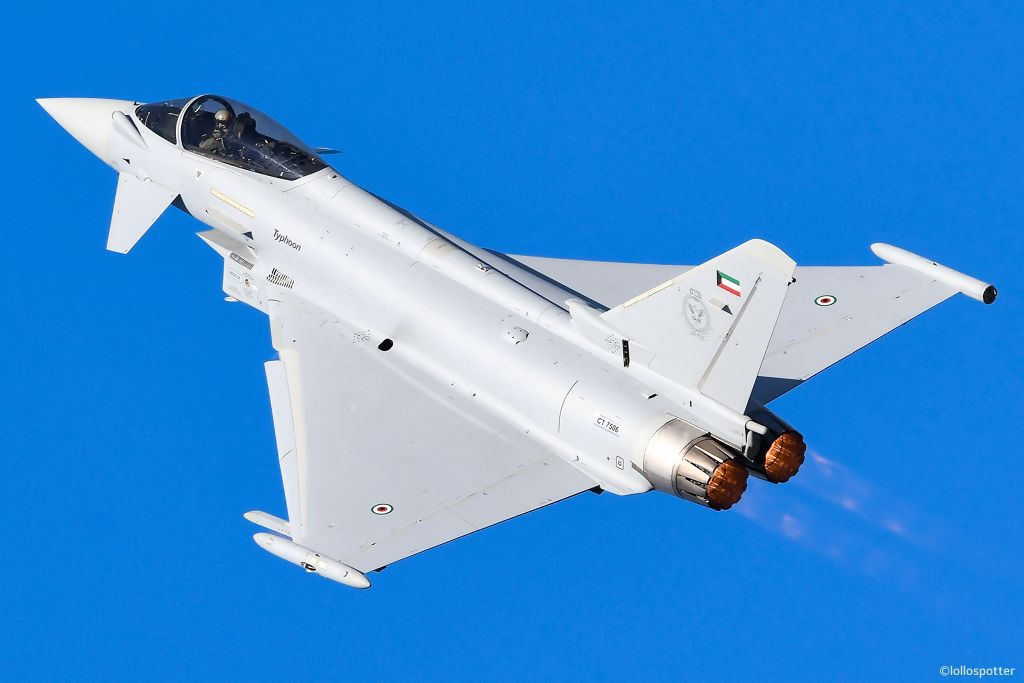Transitioning Tactical Communication: The Future Beyond Link 16
Overview of Optical Communications Development
At the forefront of military communication innovation, the Pentagon’s Space Development Agency (SDA) is actively engaging in discussions regarding the potential phaseout of Link 16 tactical data links. This strategic dialogue coincides with the agency’s initiative to construct an advanced optical communications network that leverages laser technology for data transmission. As military operations increasingly rely on rapid and secure data flow, these advancements promise significant enhancements over traditional radio frequency (RF) systems.
Advantages of Laser Communication
Optical communication networks utilize laser technology to transfer data between satellites and ground platforms, offering several strategic advantages:
- Higher Data Throughput: Unlike RF systems, optical communications can support substantial data traffic.
- Reduced Latency: The speed of light transmission minimizes delays, enabling real-time data sharing.
- Increased Security: Laser communications are inherently more resistant to interception, jamming, and interference, providing a strategic edge in contested domains.
Jennifer Reeves, a senior resident fellow for space studies at the Mitchell Institute, underscores the necessity for this transition as adversarial capabilities evolve rapidly: “As the operational environment in space becomes more congested, the limitations of conventional RF communications are becoming evident. The need for robust, secure, and high-speed data transmission is paramount.”
SDA’s Strategic Initiatives
According to Nathan Getz, director of SDA’s data communications cell, the development of an optical ground network is already underway. This network will serve multiple strategic purposes:
- Data Backhaul: Establishing ground entry points for efficient data collection and distribution.
- Tactical Optical Sites: Collaborating with military operatives to create focused optical terminal capabilities.
- Adaptive Integration: Ensuring connectivity with existing satellite systems through test sites and demonstrative operations.
Notably, SDA is developing a Proliferated Warfighter Space Architecture (PWSA) that envisions a constellation of hundreds of low-Earth orbit satellites dedicated to data transport and missile tracking. This architecture forms a crucial backbone for the Pentagon’s Combined Joint All-Domain Command and Control (CJADC2), which aims to unify various military service sensors and information streams.
The Role of Optical Technologies in Future Operations
For the first time in military history, an extensive deployment of proliferated low-Earth orbit satellites equipped with sensors will enable an unprecedented influx of data. Optical communication represents a foundational component in processing and transmitting this data effectively. Getz emphasizes the transformative implications of this shift, stating, “With a continuous stream of data generated by thousands of sensors, we require adaptive communication strategies to handle real-time data transfer between space and terrestrial operations.”
Laser communications open pathways for operational flexibility, allowing military planners to redefine their strategies. Key benefits include:
- Dynamic Kill Chain Management: Enhanced ability to rapidly adjust operational tactics based on real-time intelligence.
- Collective Learning: As data movement costs decline, every network node can learn from one another, promoting a collective intelligence effect.
Future Considerations and the Fate of Link 16
As SDA pushes toward broader deployment of optical communication technologies, the eventual retirement of Link 16—a widely utilized military tactical network—looms on the horizon. Getz acknowledges that while Link 16 holds significant value and is entrenched within many operational frameworks and allied systems, it will eventually be superseded by newer technologies. Nonetheless, he reassures stakeholders: “In the immediate term, we are rolling out a global Link 16 capability as we launch our first tranches of satellites, which will harmonize with legacy systems.”
While the evolution toward optical communication systems is underway, challenges remain, particularly concerning atmospheric interference and establishing stable connections between rapidly moving satellites. Despite these hurdles, Getz indicates that progress is gaining momentum, citing successful demonstrations that validate on-orbit laser communication effectiveness.
Deciding when to decommission Link 16 will involve numerous stakeholders within the Defense Department, reflective of its entrenched position within military operations. While Getz remains optimistic about the future of optical technology, he recognizes the inertia that accompanies established networks: “Even though optical comms may offer advantages in throughput, the widespread deployment of Link 16 means its replacement will require careful deliberation.”
Conclusion
The military’s gradual transition toward optical communications signifies a pivotal shift in tactical networking strategies. As the SDA continues to forge ahead, integrating laser communications into military operations holds the potential not only to revolutionize data transmission but also to enhance the United States’ operational effectiveness in an increasingly complex and competitive global landscape. The journey from traditional RF systems to scalable optical networks is not without its challenges, but the strategic advantages they present are irrefutable.





